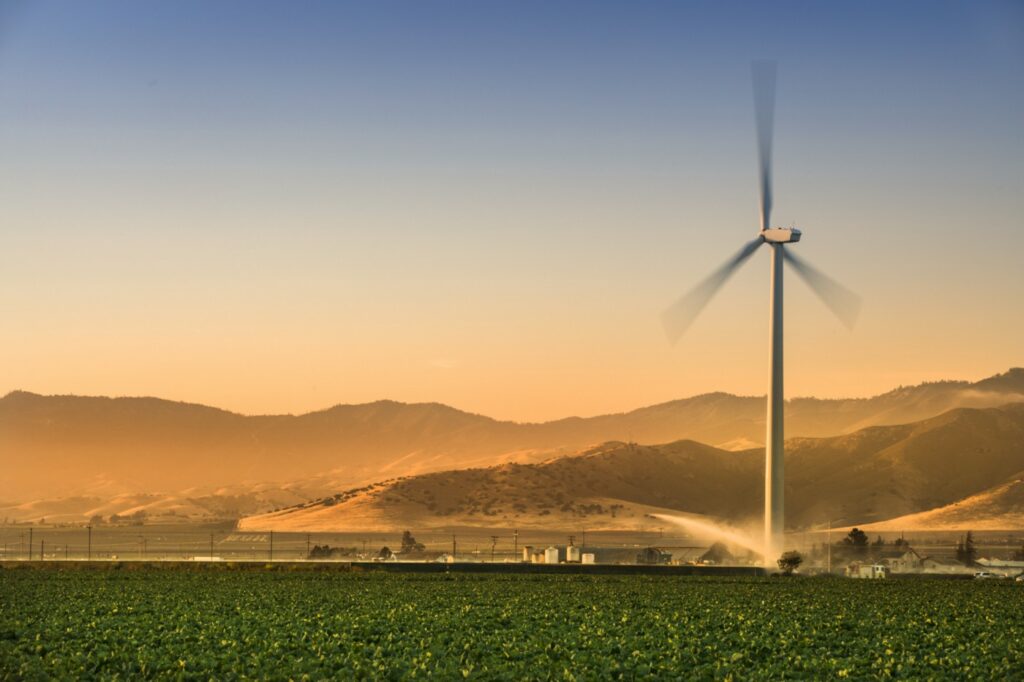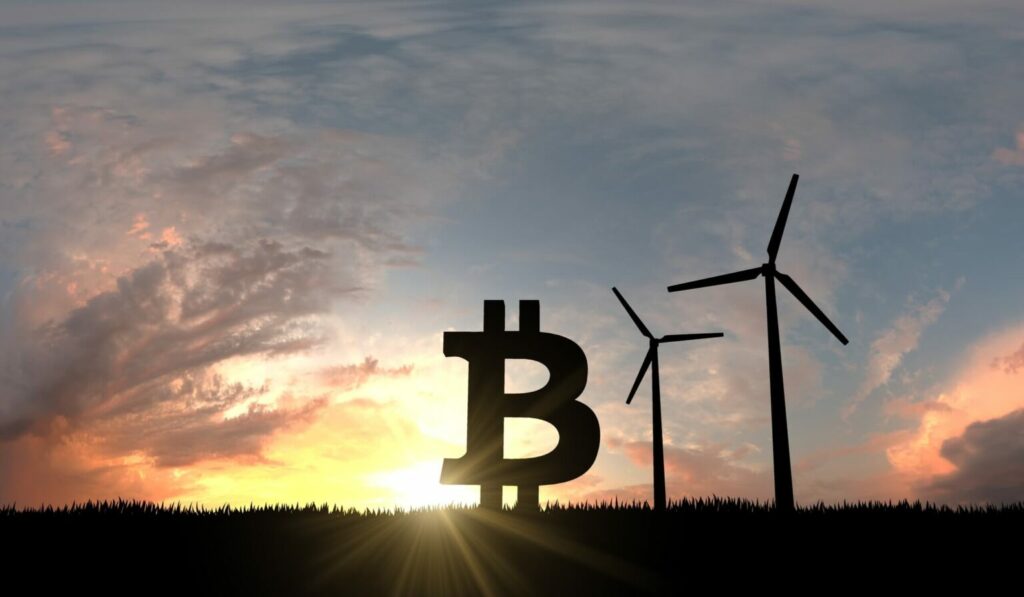By Nicola Phillips, Contributing Writer, and John Belizaire, CEO
Global investment in renewable energy continues to accelerate, with a projected $1.74 trillion to be invested this year, up from $1.61 trillion in 2022. Yet the U.S. lags behind other wealthy nations as its power grid is ill-equipped to handle a surge of new renewable energy.
A year ago, we published a piece on energy covariance and additionality, exploring the idiosyncrasies of the U.S. power grid (a misnomer, as the U.S. has multiple non-interoperable grid systems). We concluded that flexible loads (like Soluna data centers) can be deployed as part of a solution for balancing the system. To follow up on that piece, we’re going to dive into the role that demand response programs play in all of this.
A quick refresher first.
The U.S. grid system dates back to the late 19th century, an era of industrialization, standardization and mass production, when an explosion of railroad construction connected the previously disparate parts of an expanding country. There are three grid systems that power the U.S. — the Eastern Connection, the Western Connection and the Electrical Reliability Council of Texas. The first two systems are further broken down into regional and independent operators. Texas remains cut off from the rest of the country. In all, it’s a messy, convoluted web.
Since the inception of an energy grid in the U.S. and continuing to the present day, fossil fuels make up the majority of energy generated and deployed throughout the country. This is, as rising investment in renewable energy suggests, beginning to change. As the balance of energy tips in favor of renewables, a new set of challenges emerge.
The number one challenge that renewable energy introduces is intermittency. Fossil fuels can be stockpiled, transported and deployed at will, so the time and location of extraction and processing is independent of the time and location of use. Wind and solar energy, the dominant forms of renewable energy currently available, are generated only when the sun shines or the wind blows, resulting in a fluctuating supply that is not always synced to demand.
Enter demand response programs.
Conceptually speaking, we need to approach our energy challenges differently than we did 140 — or even 40 — years ago. The challenges we face today, energy and otherwise, are different than at any time in history. Practically speaking, however, some techniques that have been utilized for decades can be retrofitted to address the needs of our current grid system.
Demand response programs are one such technique. Demand response was coined as a term in the mid-aughts, but the concept has been around since at least the early 1970s, when load management and interruptible (or curtailable) tariffs were first introduced in the U.S. Under such agreements, utilities would offer large commercial customers a discounted rate for their electricity if they agreed to curtail their usage during supply shortages or emergencies.
Demand response programs endeavor to address fluctuations in both supply and demand by rewarding demand adjustments that align with current supply. This can be done through both carrots and sticks, by imposing taxes during periods of high demand/low supply or by paying customers to curtail their energy use during these periods.
Utilities, as well as independent system operators (ISOs) and regional transmission organizations (RTOs), across states from Iowa to New York to California have implemented their own demand response programs. Many of these programs enroll a combination of residential, commercial and industrial customers.
When deployed in systems with significant intermittent renewable energy, demand response programs become an apt strategy for balancing an uneven grid system.
Some commercial customers are especially well-suited for these programs given their variable and discretionary energy needs. One such customer is computing facilities running interruptible (batchable) loads.
Unlike computing applications that require stream processing, and thus 24/7 connectivity and uninterrupted reliability, batch computing applications (machine learning, Bitcoin mining) can be processed when it is most advantageous, during periods of high supply and low demand. Not only do they consume energy at a dramatically lower opportunity cost, but they consume energy that might otherwise go to waste.
Some large utilities, notably Duke Energy, are beginning to explore the potential of partnerships like these between computing facilities and energy suppliers.
As investment in — and subsequent build-out of — renewable energy surges, building the right accompanying infrastructure is essential. The two initiatives need to happen in parallel — investing in renewables (divesting from fossil fuels) and building the accompanying infrastructure to support that transition. One can’t happen without the other.
The right infrastructure in the absence of new renewable energy production will only serve to support the existing paradigm of fossil fuels. And a surge in renewable energy production in the absence of the right infrastructure will lead to a mismatch of supply and demand and massive waste, rendering the transition uneconomic, and reinforcing the existing paradigm of fossil fuels.
In the face of an energy system that has remained largely unchanged for over a century, new and creative innovations are imperative. Demand response programs, along with compact data centers running batchable compute loads and co-located with renewable energy plants, can form a pivotal part of this solution.




